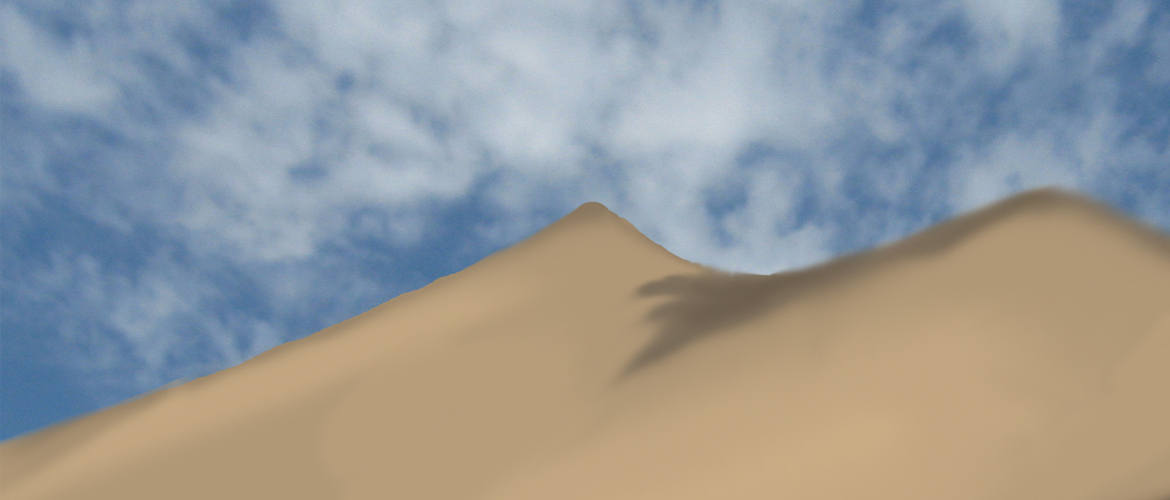Tamerik
Basic Information
Anatomy
This species of goat sports a long coat of hair. Both sexes have long, curled horns. Males are distinguished from the females by the beards they grow on their chins, referred to as their gruff.
Biological Traits
In the wild, they have shorter life spans, roughly eight years. Domesticated tamerik have been known to live at least fifteen yeas with some reaching the ripe old age of twenty two years.
Genetics and Reproduction
Tamerik give birth to a single live offspring after a six month gestation period.
Growth Rate & Stages
Babies are able to stand mere minutes after birth and are up and running shortly after.
Ecology and Habitats
These animals are commonly found in the northern parts of Shanshiire where plants are more likely to grow. Great Spring has the highest population of them outside of the Talmalee Mountain Range.
Dietary Needs and Habits
Tamerik can eat just about anything although if there's something wrong with their food they won't touch it. If the food has gone bad or something is poisonous they can detect it.
Additional Information
Domestication
These animals have been domesticated by the Kasheran people since before the Beginning of Days. They are easily tamed from the wild although that practice has fallen out of favour, particularly since domesticated tamerik are so easily available.
Uses, Products & Exploitation
Tamerik, like many livestock, have been used as a traditional form of currency among the Kasheran people. This has fallen out of practice with the establishment of coinage.
They are primarily valued for their long hair which is shorn annually and used to make all manner of goods. An adult can give nearly 6 lbs of hair if cared for properly.
Females can be milked. Although it's not pleasant to drink it makes a pungent cheese. It sells for a high price, though it's not as valuable as the hair.
The meat is edible and considered a delicacy by some, but the live animals are far more valuable.
Geographic Origin and Distribution
Wild tamerik are commonly found inhabiting the entirety of the Talmalee Mountain Range. Domesticated ones are easiest to keep in the northern settlements where eater and forage are easier to come by.
Average Intelligence
Uneducated people think these animals aren't terribly bright, especially on seeing them refuse to eat something they've seen them eat before. Experienced herdsmen know better. These animals form bonds with their caretakers and have been known to make friendships with another herdmate, becoming inconsolably sad when separated from that individual.
Perception and Sensory Capabilities
They have dull eye sight but a heightened sense of taste and and good hearing. Tamerik that won't eat or drink something that is presented to them are likely doing so because there's something wrong with the food or water.
Lifespan
15 years
Body Tint, Colouring and Marking
The long haired coats that the tamerik is famous for comes in two varieties. The most common is the two toned black and white coat. The less common brown coat is more commonly found in the wild although its becoming more common among the breeders in Palanderin.
Related Ethnicities




Comments